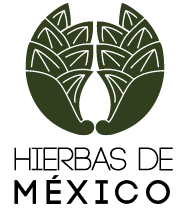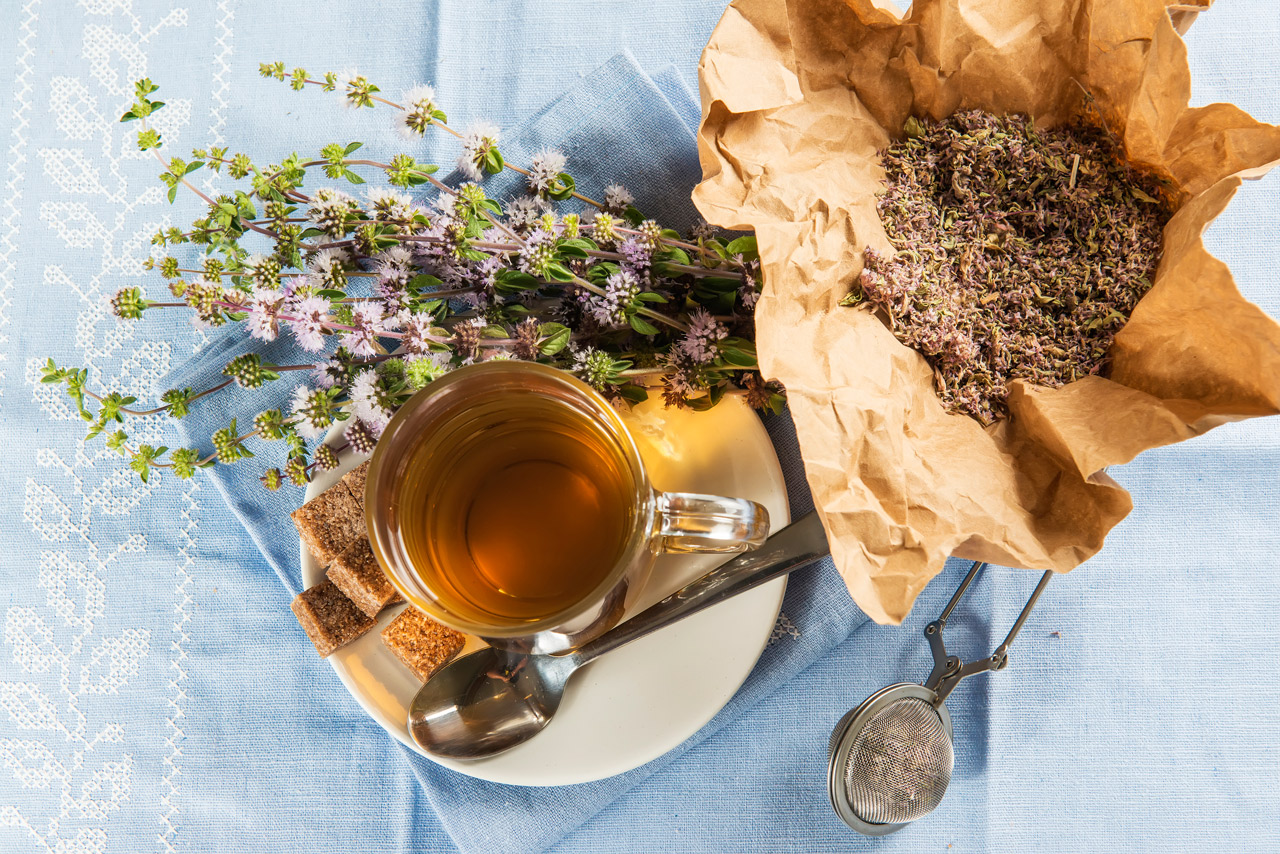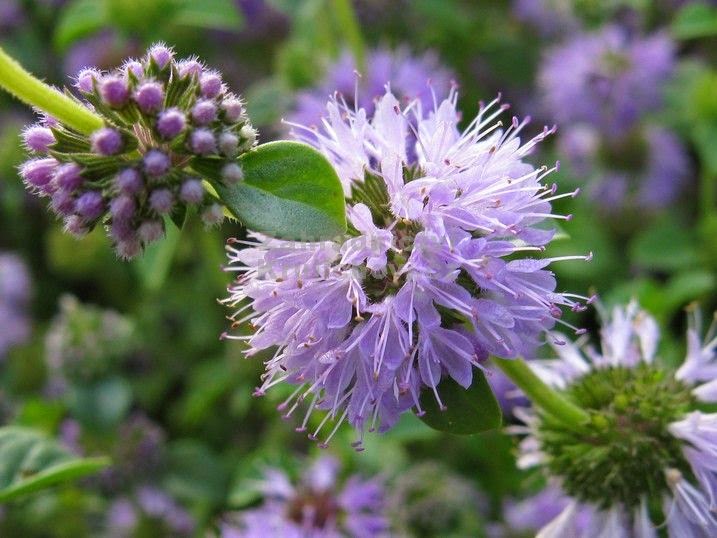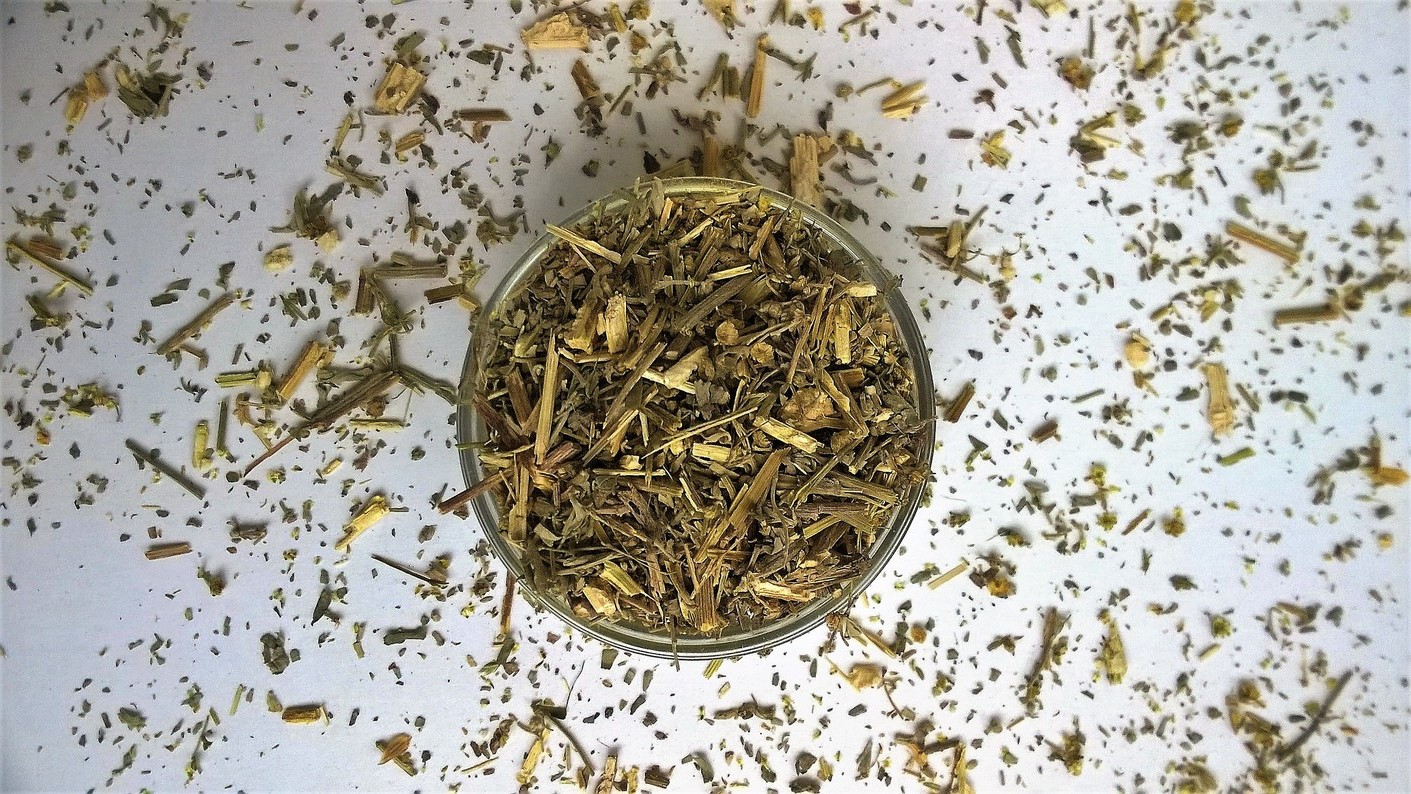El Poleo (Mentha pulegium) es una de las especies más conocidas del género Mentha.
Es una planta que llega a medir no más de 30 o 40 centímetros, sus hojas son lanceoladas y ligeramente dentadas, de color entre verde medio y oscuro y se disponen opuestas a lo largo de los tallos. Posee diminutas flores rosadas que nacen agrupadas de un mismo tallo.
Posee un aroma mentolado fuerte y penetrante. Pertenece a la familia de las lamiáceas y es usada en la gastronomía de diversos países, además de ser deliciosa es utilizada por sus propiedades medicinales que pueden aplicarse tanto para uso externo como para uso interno.
Suele emplearse y consumirse la totalidad de la planta, para infusiones es más común utilizar las hojas.
PROPIEDADES Y BENEFICIOS
Digestión y molestias intestinales: Su efecto colagogo facilita la expulsión de bilis por parte de la vesícula biliar (algo fundamental para el proceso digestivo) y a su vez facilita la evacuación.
Antiespasmódico: Disminuye los espasmos a nivel visceral y facilita la expulsión de gases, lo cual disminuye posibles malestares.
Aparato respiratorio: Por alto contenido en mentol actúa como expectorante, ayuda a disolver las mucosidades de los bronquios y facilita su expulsión. Ayuda a bajar la fiebre ya que aumenta la capacidad de sudoración y sirve para combatir el dolor por su contenido de salicílico.
Circulación Sanguínea: Gracias a sus propiedades anticoagulantes es útil para combatir el mal de altura, también se utiliza en casos de menstruaciones difíciles.
Antiséptico, antifúngico y parasiticida: Combate diferentes bacterias y parásitos, además de algunas especies de hongos. Se usa tanto en infusión para tomar por vía oral como para limpiar heridas a nivel externo o incluso como colutorio.
Relajante: El estrés y la ansiedad pueden disminuirse levemente ya que ayuda a relajarse y facilita el descanso y el sueño
Útil en el tratamiento de dolores de articulaciones producidos por enfermedades de carácter reumático, como la artritis reumatoide.
Es un buen aliado para combatir la reseca.
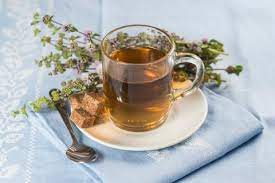
Siempre es bueno estar informado al 100% y consultar con tu médico de confianza antes de tomar cualquier suplemento.
Producto 100% natural, su uso está destinado al consumo como alimento.
EL CONSUMO DE ESTE PRODUCTO ES RESPONSABILIDAD DE QUIEN LO RECOMIENDA Y DE QUIEN LO USA
REFERENCIAS
Sebai E, Serairi R, Saratsi K, Abidi A, Sendi N, Darghouth MA, Wilson MS, Sotiraki S, Akkari H.Acta Parasitol. 2020 Jun;65(2):375-387. doi: 10.2478/s11686-020-00169-3. Epub 2020 Jan 30.PMID: 32002775
The current study is aimed to determine the chemical profile, anthelmintic and antioxidant properties of Mentha pulegium hydro-ethanolic extract. MATERIALS AND METHODS: Two tests were used to assess the in vitro anthelmintic activity of the hydro-ethanolic extract o …
Bianchini MC, Galvão DO, Tamborena T, Alves CO, Puntel RL.An Acad Bras Cienc. 2017 Oct-Dec;89(4):2901-2909. doi: 10.1590/0001-3765201720170446. Epub 2017 Dec 11.PMID: 29236859 Free article.
Mentha pulegium (Lamiaceae) tea has been used as a traditional medicine; however, the modulatory effect of M. pulegium extracts on damage to human erythrocytes associated to t-butyl hydroperoxide (t-BHP) exposure remains to be investigated. …Taking together …
Khonche A, Fallah Huseini H, Abdi H, Mohtashami R, Nabati F, Kianbakht S.J Ethnopharmacol. 2017 Jul 12;206:267-273. doi: 10.1016/j.jep.2017.05.026. Epub 2017 May 30.PMID: 28571727 Clinical Trial.
ETHNOPHARMACOLOGICAL EVIDENCE: Mentha pulegium L. leaves are used in the Iranian traditional medicine for the treatment of functional dyspepsia. …MATERIALS AND METHODS: The efficacy and safety of a standardized Mentha pulegium leaf extract (drug extr …
Ebadollahi A, Davari M, Razmjou J, Naseri B.J Econ Entomol. 2017 Jun 1;110(3):1025-1030. doi: 10.1093/jee/tox065.PMID: 28334238
In the present study, the toxicity of essential oils of Mentha piperata L. and Mentha pulegium L. and pathogenicity of Lecanicillium muscarium (Zare & Gams) were studied in the melon aphid, Aphis gossypii Glover. …Probit analysis indicated LC50 values ( …
Bouyahya A, Et-Touys A, Bakri Y, Talbaui A, Fellah H, Abrini J, Dakka N.Microb Pathog. 2017 Oct;111:41-49. doi: 10.1016/j.micpath.2017.08.015. Epub 2017 Aug 15.PMID: 28821401
The aim of the study was the determination of the chemical composition of Mentha pulegium L. and Rosmarinus officinalis L. essential oils and the evaluation of their antileishmanial, antibacterial and antioxidant activities. …GC/MS analysis of R. officinalis essen …
